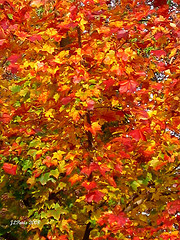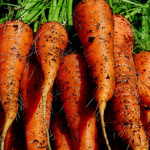It’s funny how Autumn comes around every year and I realise how much I love this time of year…. it’s as though I seem to forget I like it all throughout the other seasons. Of course we have had a particularly nice Autumn this year in the West of Ireland and maybe that has re-enforced my happy memories of the season. The days have been bright and crisp showing off all the beautiful colours in all their glory and splendour.

I grew up in Co. Wicklow surrounded by some beautiful deciduous woods and forests and this Autumn has really brought my childhood memories flooding back. My mother brought us often to the woods as children and we would hunt around for hidden treasures and delights to bring home and turn into some “masterful” collage in homage to the season. There was also the foraging, a distinctive primordial instinct in us all, there is nothing as pleasing as returning home with your bounty… be it blackberries or sweet horse chestnuts- to be turned into jams and tarts or painstakingly peeled of all nasty layers to reveal the divinely sweet, fruity, nutty delight beneath. In fact the joy that came with eating the nut always made it suddenly worth your while to start the arduous task of peeling all over again!
…and I hope that I will never outgrow the delight of running, kicking, shuffling through a crisp new crop of fallen leaves!

Carotenoids are the pigments responsible for the orange colour of carrots. If carotenoids are present their colour tends to dominate leaving the leaves yellowy and orange.
In the absence of carotenoid, anthocyanin is the dominant pigment. Anthocyanin (the same pigment found in red onions, red grapes, red apples and red cabbage) is a natural pH indicator, meaning that it can change colour depending on the levels of acids or bases/alkali in its environment. In fact one of my favourite experiments that I often do with children is to demonstrate this colour changing using anthocyanin extracted from red cabbage (but that’s a whole other blog in itself). Anyway, at the beginning of Autumn the levels of sugar in the leaves tends to be quite high, increasing the acid levels in the leaves, this strengthens the red colour of Anthocyanin if it is present in the leaves.
At the end of Autumn the leaves die off and the levels of carotenoids and anthocynins die off too, leaving another pigment to dominate… and this is the brown pigment of tannin, the same pigment that give a cup of tea it’s colour!